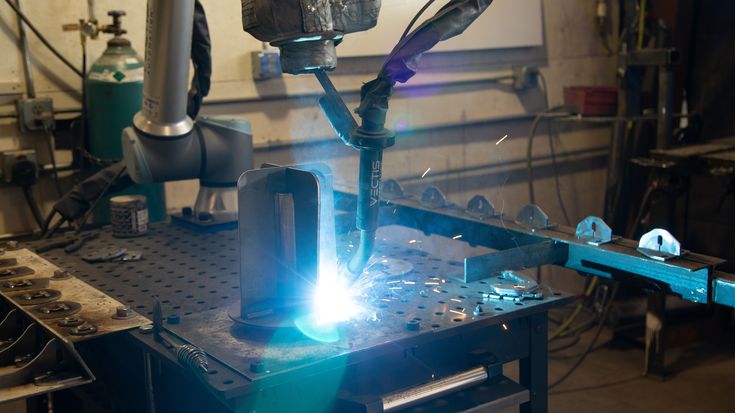Forty years ago, factory automation was all about getting labor out, replacing welders, machine operators and assembly line workers with robots.
We believe that collaborative robotic technology can be used to benefit all aspects of task-based businesses – no matter what their size.
We believe that the latest collaborative robot technology should be available to all businesses. The nominal investment cost is quickly recovered as our robotic arms have an average payback period of just six months.

